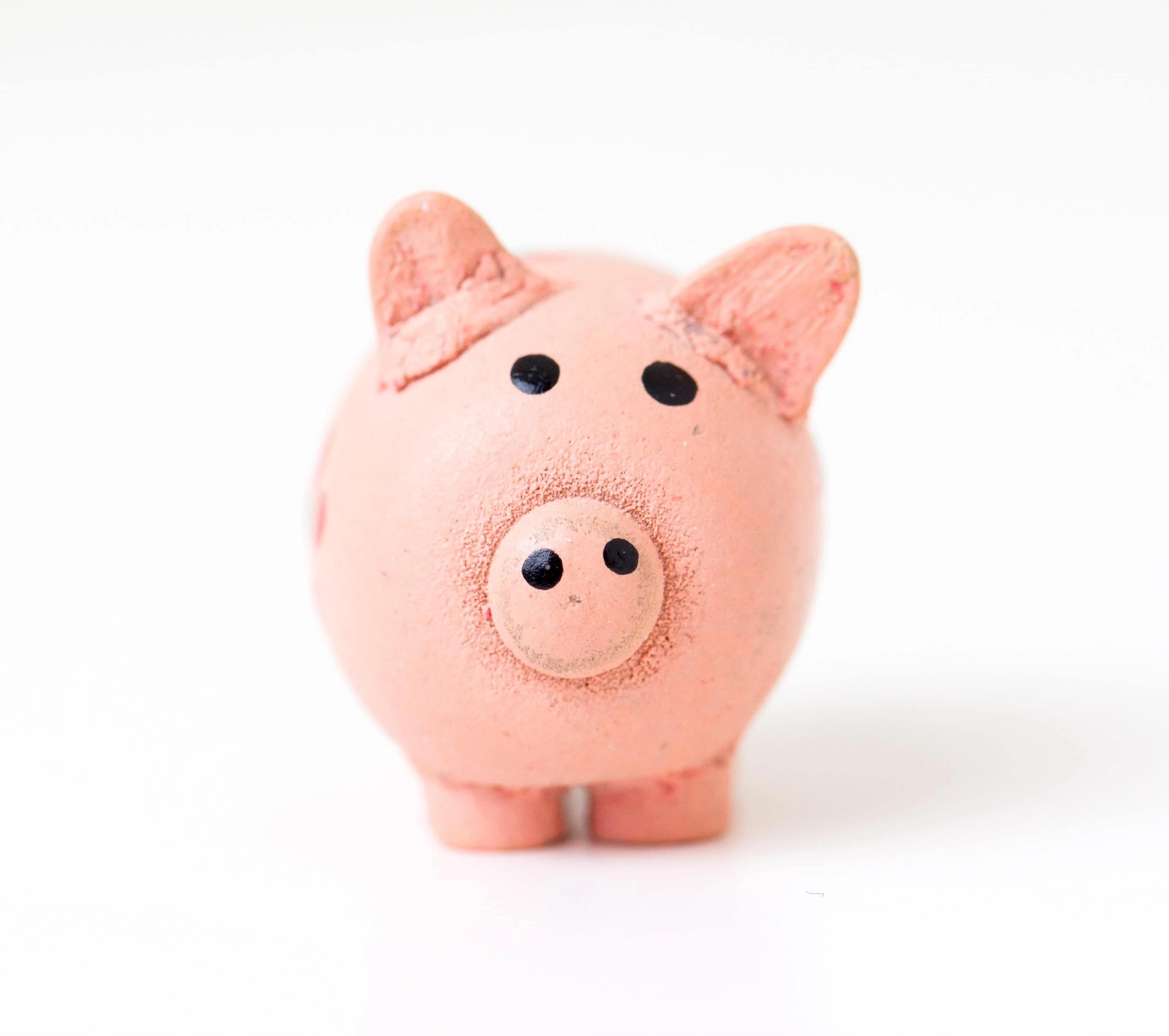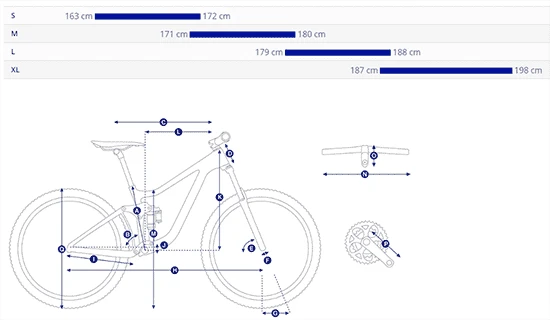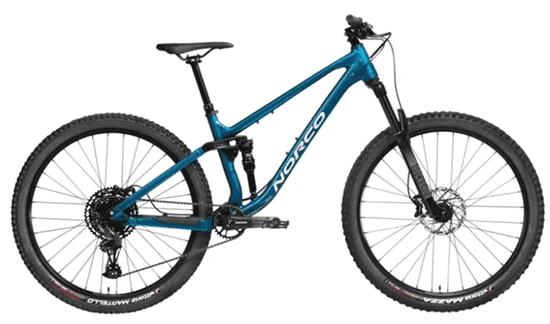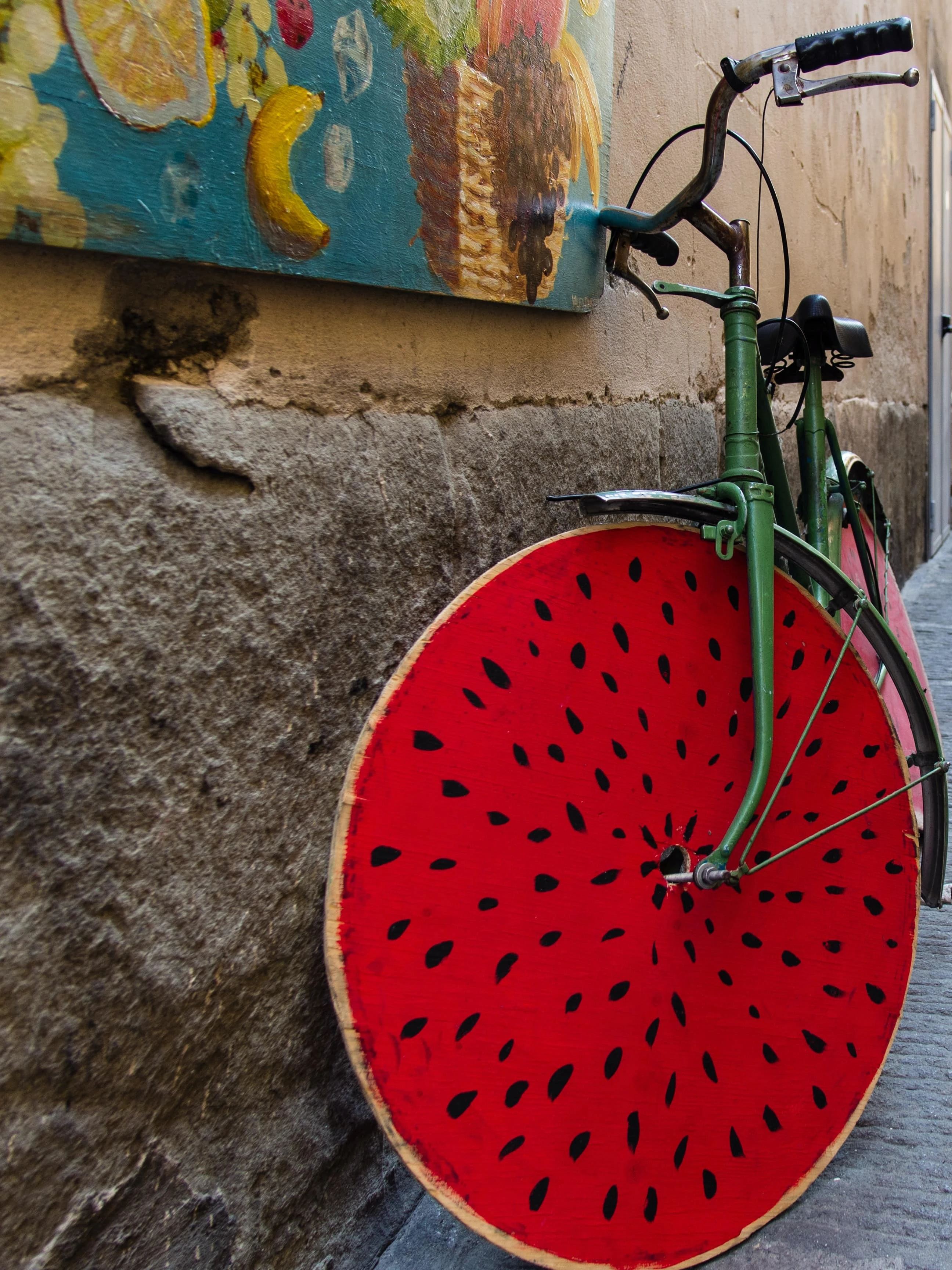Mountain biking is a fun sport that requires a bit of investment and gear to get started safely. If you're a newcomer to the world of mountain biking and are ready to invest in your very first mountain bike, you're embarking on an exciting adventure. However, with the multitude of options available, choosing the right bike can be a daunting task. To simplify the process, we've put together a guide on the key elements to consider when buying your first ride.
Before you dive into mountain bike shopping, it's vital to establish a budget. Mountain bikes span a wide range of price points, from budget-friendly models to high-end options. Having a budget in mind will help you narrow down your choices and ensure you find a bike that aligns with your financial boundaries.
While it can be tempting to splurge on a top-of-the-line bike, rest assured that you can still find a quality beginner's mountain bike without breaking the bank too much. A general guideline, if you're buying new, is to allocate at least $800 to $1,500 for a hardtail bike and up to $3,500 for your first full-suspension mountain bike. This range will provide you with reliable options while respecting your budget. Alternatively, you can explore the second-hand market, where you might uncover hidden gems at more affordable prices.

Mountain biking offers various disciplines, each demanding a specific type of bike. The primary categories include:
Choosing the right riding style will help you select the most suitable bike for your intended riding.

Ensuring that your mountain bike fits you correctly is essential for your comfort and safety. While most manufacturers provide size charts based on height, it's important to remember that individual proportions can vary. Factors like inseam length and reach (the distance between the bottom bracket and handlebars) play a significant role in determining bike fit.
Visiting a local bike shop and seeking professional fitting assistance is highly recommended. Minor adjustments can be made to fine-tune the fit and ensure that the bike suits you perfectly. Also, keep in mind your personal riding preferences; some riders may prefer a more upright position, while others lean towards a more stretched-out, aggressive stance. Your coach for example prefers longer bikes as they are more stable on steeper techy terrain even though they can be slightly harder to go around corners.
We offer bike fitting if you need help with getting the bike dialled for you. A well-adjusted setup will make a huge difference in confidence and comfort when riding, get in touch!

Mountain bikes come with two primary suspension options:
The choice between hardtail and full-suspension will depend on your preferred trails and budget. Beginners often find hardtails a good starting point, but if your budget allows, a well-priced full-suspension bike can enhance your riding experience and progression without making you want to buy another bike within months.

Mountain bike frames are typically constructed from materials like aluminium, carbon fibre, steel, or titanium. Each material has its own set of advantages and drawbacks:
Your choice of frame material should align with your budget and priorities. For most beginners, an aluminium frame provides a good balance of affordability and performance.

Pay close attention to the quality of components on the mountain bike, including the drivetrain, brakes, and wheels. High-quality components can significantly impact your riding experience. Reputable brands like Shimano and SRAM are known for their reliable drivetrain and brake components.
It's worth conducting some online research to understand the differences in component quality within these brands. Component quality can vary significantly, even within the same brand, leading to differences in price. You can also consider upgrading components over time if your budget is limited initially.
Most bikes come equipped with 12-speed drivetrains, but it's worth noting that a higher number of gears can make uphill riding easier.
A valuable component to have on your new bike is a dropper seat post. These posts allow you to adjust the saddle height at the press of a button, a crucial feature for downhill riding and changing your riding position on the fly. Come for a lesson and we will teach you why these are so good to have.

Mountain bike wheels come in various sizes:
Selecting the right wheel size depends on your height and personal preference. If possible, test a 29-inch wheeled bike, as you can often switch to 27.5-inch wheels later if needed.

Don't forget to budget for essential accessories and safety gear, including:
Safety should be a top priority in mountain biking, so invest in quality safety gear to safeguard yourself during your adventures.

If you're open to the idea, purchasing a second-hand mountain bike can be a budget-friendly option. However, buying used bikes requires more diligence:
In conclusion, buying your first mountain bike is an exciting step towards your future you as a rider! By considering your budget and all the other elements in the list above, you'll be as well-prepared as you can be to choose a mountain bike that suits your needs. Remember that the best bike is the one that makes you feel confident and inspired to hit the trails, so take your time and enjoy the process of finding the right ride for your mountain biking journey. We’re happy to you an opinion on a bike you’re looking at if you need help, just flick us an email or a message on socials. Happy trails!